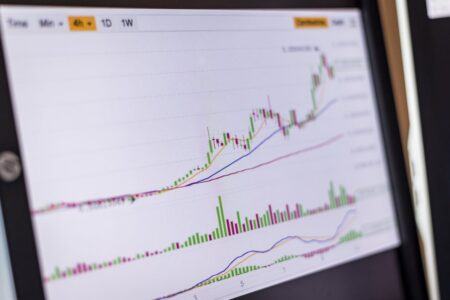According to a report by Neil Callanan and Ainslie Chandler for Bloomberg, Chinese investors and their creditors are hastening the sale of real estate assets across the globe as the need for liquidity amid a worsening property crisis in China outweighs the risks of selling into a declining market. This trend is shedding light on the extent of distress within the broader real estate industry, providing concrete figures on the damage caused by the ongoing turmoil.
The global downturn triggered by increases in borrowing costs has already resulted in a staggering loss of over $1 trillion in office property values, according to Barry Sternlicht, Chairman of Starwood Capital Group. However, the full extent of the damage remains unknown due to the scarcity of asset sales, leaving appraisers with limited recent data for valuation. Commercial property transactions worldwide plummeted to a decade-low last year, with owners hesitant to offload properties at significant discounts.
The Bloomberg report says that both regulators and the market are apprehensive that this lack of sales activity may be masking substantial unrealized losses, posing risks for banks that heavily invested in real estate lending during the era of low interest rates, as well as for asset owners.
Callanan and Chandler’s article also mentions that recent developments indicate a surge in the sale of overseas assets acquired during a decade-long expansion spree by Chinese investors. Landlords and developers are opting to liquidate assets to bolster domestic operations and repay debts, even if it means absorbing financial losses. Beijing’s crackdown on excessive borrowing has impacted numerous developers, including major players. For instance, a unit of Guangzhou-based China Aoyuan Group Ltd. sold a Toronto plot at a significant discount late last year as part of a debt restructuring plan.
“With motivated sellers, the market freeze could thaw, improving transparency and price discovery,” noted Tolu Alamutu, a credit analyst at Bloomberg Intelligence. “Portfolio valuations may have further to fall.”
The Bloomberg report goes on to say that as each transaction occurs, the market gains clarity on the capitalization rate, a key measure of investor return. This data will inform appraisers in valuing other assets, potentially triggering broader impairments. Landlords may need to inject additional funds to address loan-to-value breaches or risk losing properties to lenders.
Bloomberg claims that while Chinese-owned sales in Europe have been limited thus far, there is a growing volume of transactions. Distressed developer Guangzhou R&F Properties Co. recently agreed to sell its stake in a £1.34 billion property project in London’s Nine Elms district. Additionally, an office block in Canary Wharf is being sold at a 60% discount from its 2017 purchase price after being seized by lenders from a Chinese investor.
The increase in distressed asset sales is expected to enhance price discovery throughout the year, as noted by Carol Hodgson, head of real estate research for Europe at JPMorgan Asset Management. This uptick in sales follows a pause last year as developers focused on restructuring plans.
The impact of these disposals extends beyond Europe, with notable sales occurring in Australia. Chinese developers, once significant players in the Australian market, are now divesting projects. Country Garden’s Risland unit sold a Melbourne site and a Sydney development asset, signaling a shift towards portfolio optimization.
While China is not the sole source of distress in the commercial real estate market, its actions are closely watched due to the urgency of its sellers. The broader implications of these sales will depend on the market’s response and valuation practices.








